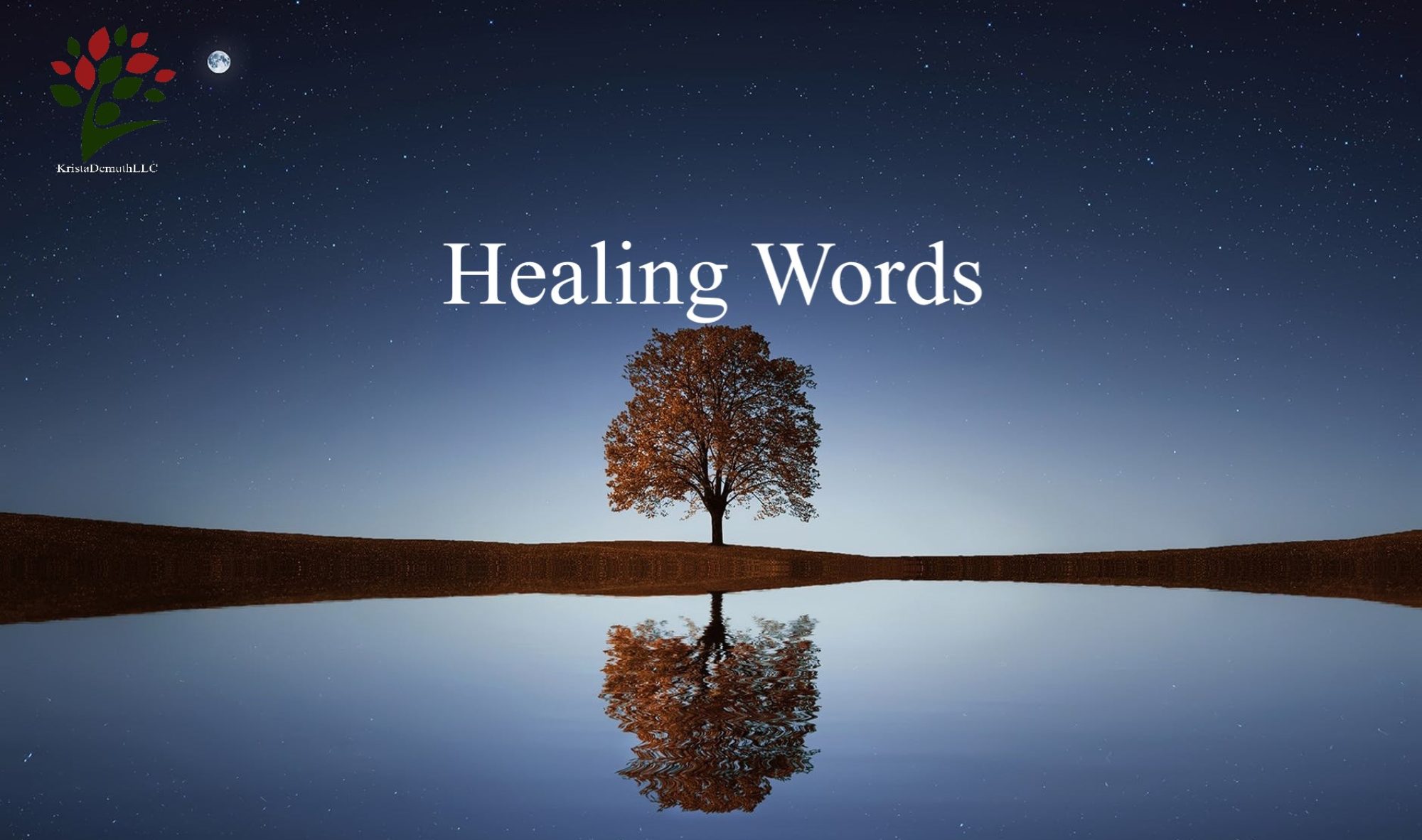
It’s that time of the year—days are getting shorter and colder weather is coming. It’s the time of the year when mental health providers see an uptick in depression. We refer to this type of depression as seasonal affective disorder (SAD). Over 10 million people struggle with SAD each year.
The exact cause for seasonal affective disorder is not yet known, although there are several prevailing theories. One of the biggest theories regarding SAD surrounds the decrease in sunlight. Some evidence suggests that sunlight helps regulate serotonin levels in the brain. Serotonin is the brain’s “happy chemical.” Individuals with higher levels of serotonin tend to be happier than individuals with lower levels of serotonin.

Serotonin also helps maintain the body’s daily circadian rhythm. This rhythm is the natural rhythm for healthy sleep. During the shorter days, the changes in serotonin may disrupt this rhythm resulting in changes in sleep patterns. Changes in sleep patters can lead to both mood and behavioral changes.

Another prevalent theory revolves around vitamin D levels. Humans get vitamin d from diet, but we also produce vitamin d from exposure to sunlight. When vitamin d levels drop, serotonin levels also drop. So, when we have less exposure to sunlight, the vitamin d loss can greatly affect mood.
While the exact causes of SAD are unknown, there are multiple different ways to treat sad. Therapy can be very beneficial for managing seasonal depression. Therapists rely heavily on both cognitive and behavioral therapy to combat SAD. This combination teaches individuals how to shift depressive thoughts that are more prevalent during the winter months while also learning behaviors to help cope with depression.
Another common, and effective, treatment for SAD is light therapy. Seasonal Affective Disorder lights provide a substitute for sunlight. These lights produce 10,00 lux which is 20 times brighter that regular indoor lighting. They also filter out potentially damaging UV lights and is a fairly safe treatment for many people. Most people use these lights first thing in the morning, building up to 30 minutes of daily light treatment. Studies show that both light and traditional talk therapy are effective in managing seasonal affective disorder.

Finally, medication management can be helpful in the fight against SAD. Because SAD is associated with changes in serotonin levels, selective serotonin reuptake inhibitors (SSRIs) are often used to treat this form of depression. SSRIs work by increasing serotonin levels in the brain which can greatly enhance mood.
While we can’t stop the seasons from changing, we can learn about and prepare for seasonal affective disorder. SAD is a form of depression and can range from mild to severe. If you or someone you know suffer from “the winter blues” please reach out to a healthcare professional. There are so many effective ways to manage this form of depression.
To health, hope, and healing
Krista

Krista Demuth, MS LPC, CATP is a professional counselor specializing in mental health for children, adolescents, and adults. She is a Certified Child and Adolescent Trauma Professional. She is licensed in Wisconsin and provides service to the St Croix River Valley and surrounding areas.
